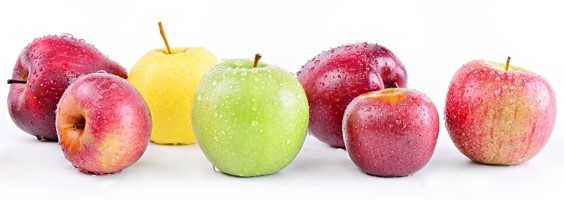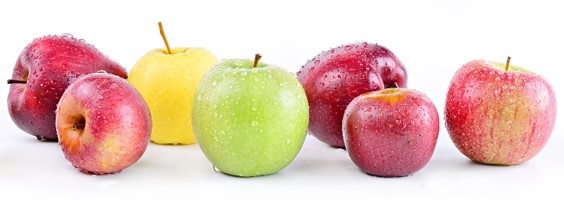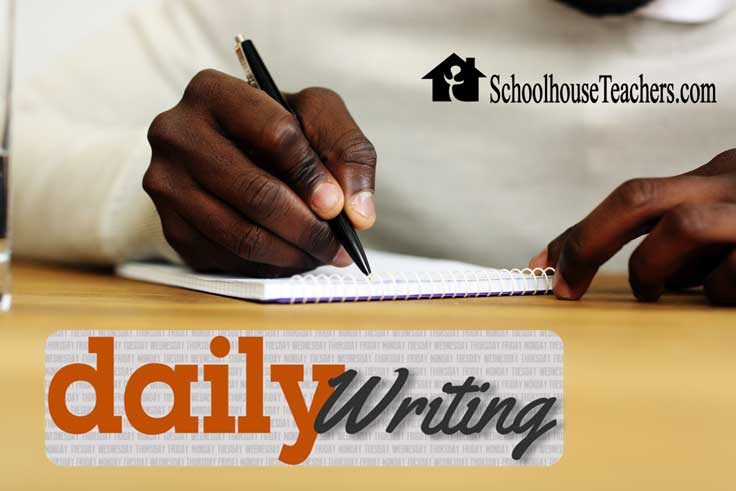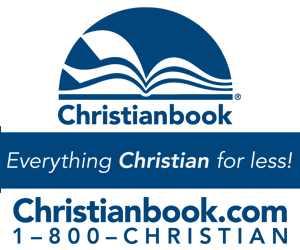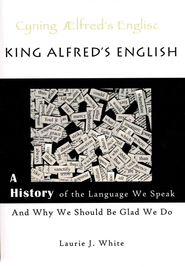Looking for a fun way to teach grammar concepts to your 7th – 12th grade students?
This bundle of tutorials is geared to hold your students’ interest with colorful infographics and quirky sentences to work on. Each tutorial contains a lesson, an exercise, and the answers, all free for you to download and print at your leisure.
Commas with compound sentences, dialog punctuation, singular indefinite pronouns, and much more!
Use them now or bookmark them for future use.
Some of the tutorials below are featured in our eBook Let’s Eat Fifi. Read more about that 23-lesson grammar book here.
Click on the individual images or the links below for each tutorial.
Read More













